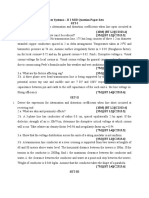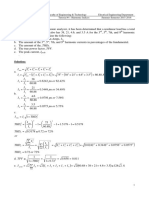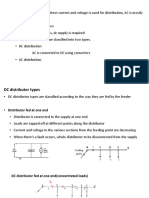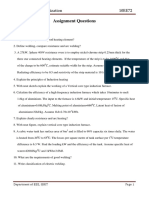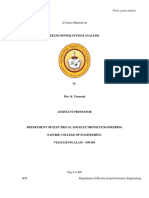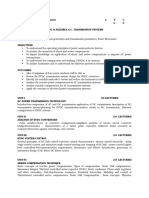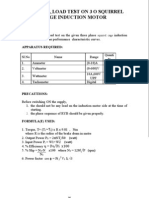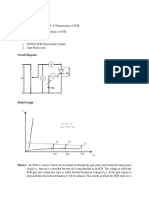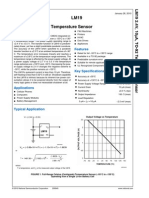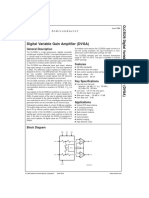0% found this document useful (0 votes)
371 views4 pagesTriac-Controlled Lamp Power & THD Analysis
Faculty of Engineering, Ain Shams University, Cairo, Egypt.
Problem Solving of Power quality question, The voltage using time domain method & Frequency domain method, Calculate: The power for each Element & THD
Uploaded by
Mostafa Ahmed ZeinCopyright
© © All Rights Reserved
We take content rights seriously. If you suspect this is your content, claim it here.
Available Formats
Download as PDF, TXT or read online on Scribd
0% found this document useful (0 votes)
371 views4 pagesTriac-Controlled Lamp Power & THD Analysis
Faculty of Engineering, Ain Shams University, Cairo, Egypt.
Problem Solving of Power quality question, The voltage using time domain method & Frequency domain method, Calculate: The power for each Element & THD
Uploaded by
Mostafa Ahmed ZeinCopyright
© © All Rights Reserved
We take content rights seriously. If you suspect this is your content, claim it here.
Available Formats
Download as PDF, TXT or read online on Scribd
/ 4


